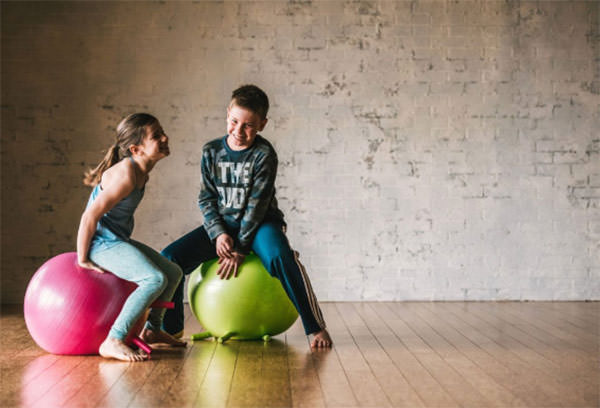by Erin Rodriguez
Table of Contents
ToggleOnce a student has been tested and retested, and it has been determined that the student needs an IEP (Individual Education Plan),
What are accommodations?
It is important to note that while many education professionals interchange the two, accommodations and modifications are two different things.
Erich Strom tells us in his article “The Difference Between Accommodations and Modifications” that accommodations deal with how a student learns and modifications adjust what is being taught.
Both are tactics to improve your student’s ability to learn within the classroom setting and to mitigate the symptoms that hound disorders such as ADD/ADHD and dyslexia. It is essential to add at this point that accommodations and modifications should never just be used for testing situations but for all learning environments. When planning for your IEP, make it a point to check that the adjustments are made available all year round and in all learning environments.
Reward Systems
As for all children with learning and attention challenges, it is important to recognize and reward good behavior. Create a set of realistic goals and expectations for your student with the input of the classroom teacher. These reward systems go a long way in teaching your student coping skills and self-control. Remember, what works well for one child will not necessarily work well for another.
There are thousands of ideas out there. Be sure to find one that interests your student. And don’t be discouraged when that one stops working after a while. Due to the nature of learning and behavior challenges, changing reward systems is a normal part of the accommodation process.
VIDEO: Accommodations and Modifications for Students with Disabilities
ADD/ADHD Accommodations and Modifications
Increasing focus, reducing distractive behavior and controlling impulsive outburst and actions are the main factors when choosing accommodations and modifications for ADD/ADHD. It could be as simple as keeping a student away from windows and doors or providing a physical activity such as a stress ball to squeeze to counteract the fidgets.
A more complex accommodation might include providing balance/stability ball chairs for a student with severe ADD/ADHD. These chairs are known to activate both sides of the brain at once, thus providing the stimulation an ADHD student needs to increase concentration, improve note-taking, and enhance information processing. There are many
Some modifications that might appear on an IEP are adjustments in timed assignments, providing worksheets with fewer problems and in
Dyslexia Accommodations
Accommodations and modifications for dyslexia will look both similar and different than those for ADHD. The presentation of instruction could (and should) include both audio and visual version. As a veteran teacher myself, I have found great success in providing to my dyslexic students both an audio book AND a hard copy book for whatever piece of literature I am currently teaching. Other accommodations might include repeating instructions, larger print in specific fonts, and highlighting the key words and points in a lecture.
Where dyslexic accommodations most drastically differ from other learning disabilities is in the assistance of technology. Over the years, there have been many inventions that have eased the strain faced by the dyslexic student.
In my own classroom, the use of a tablet and/or smartphone has done wonders for these students. Instead of concentrating so hard to write down notes and losing the content of the lecture, they can now take a quick photo of the whiteboard, listen to the lecture, and refer to the notes later for deeper comprehension.
There is also a myriad of software that supports spelling, writing, speech-to-text, reading/phonics, and reading comprehension. With the help of these tools, there is often little need for actual content modifications.
If you aren’t positive what helpful technology would be the simplest suitable your kid otherwise you do understand, however you furthermore might understand your pocketbook can’t stretch that so much, please take a look at the LD Resources Foundation assistive technology page. We are here to help.

Author: Erin Rodriguez resides near San Antonio, Texas with her beloved family. She is a writer and editor with over 20 years of experience in the education field. Her passions include children, music, animals, photography, and nature. She is an active and respected member of her community.


